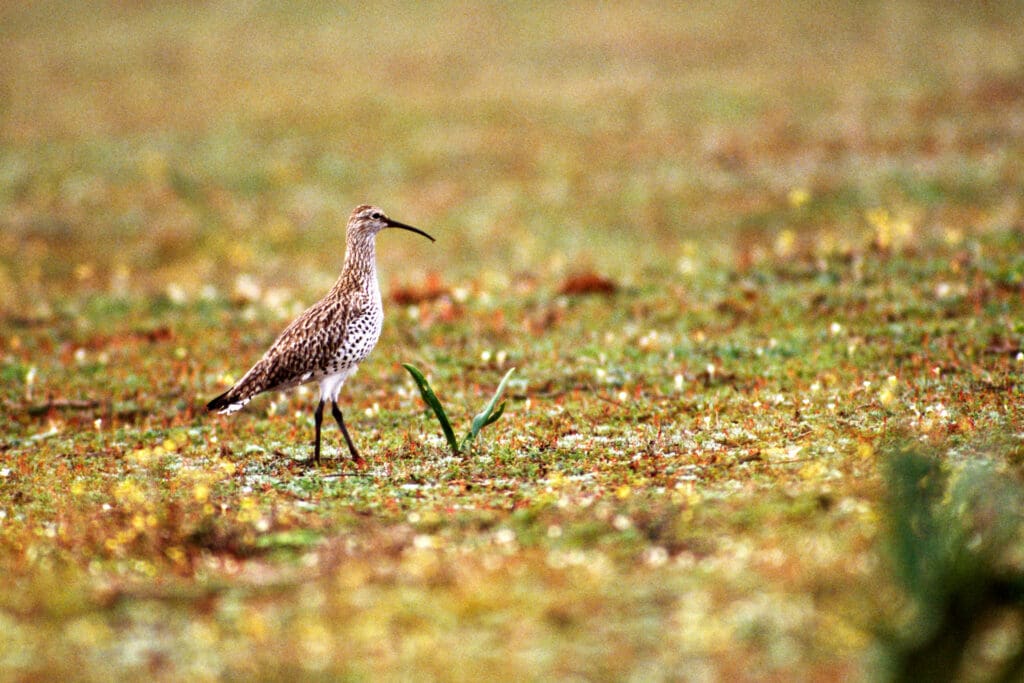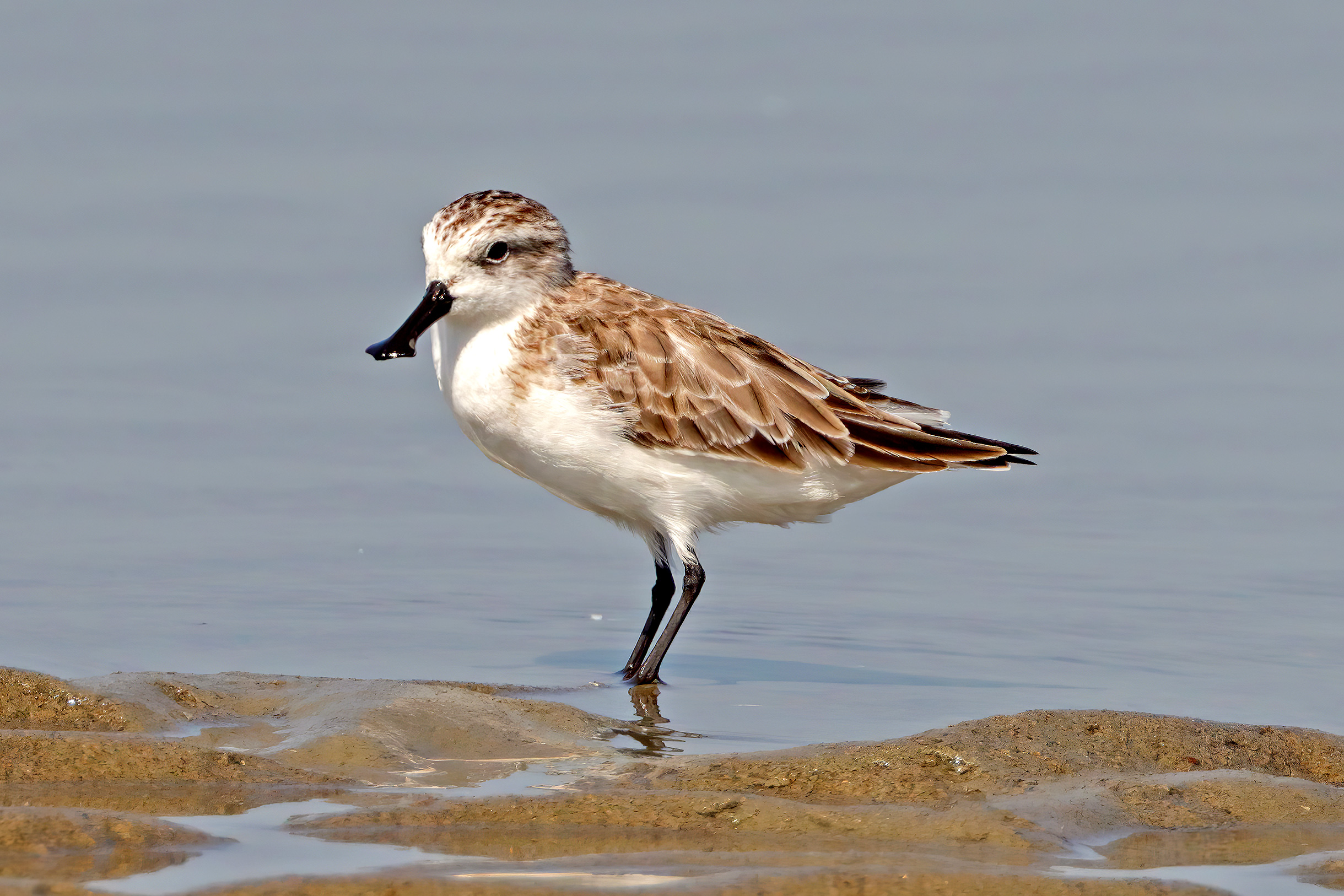What’s your role?
One of my jobs is to help Spoon-billed Sandpipers. In 2010, the RSPB joined an emergency international conservation response to news that the spoonie population was very small and in freefall. At that point the need was for all available hands to the pump to try to prevent what looked like a fast track towards likely global extinction. Spoonies were quickly identified as a flagship species for a whole range of threatened migratory waterbirds that rely on the East Asian-Australasian Flyway for their annual migration. If we could improve the prospects for spoonies, we could do same for many other bird populations.
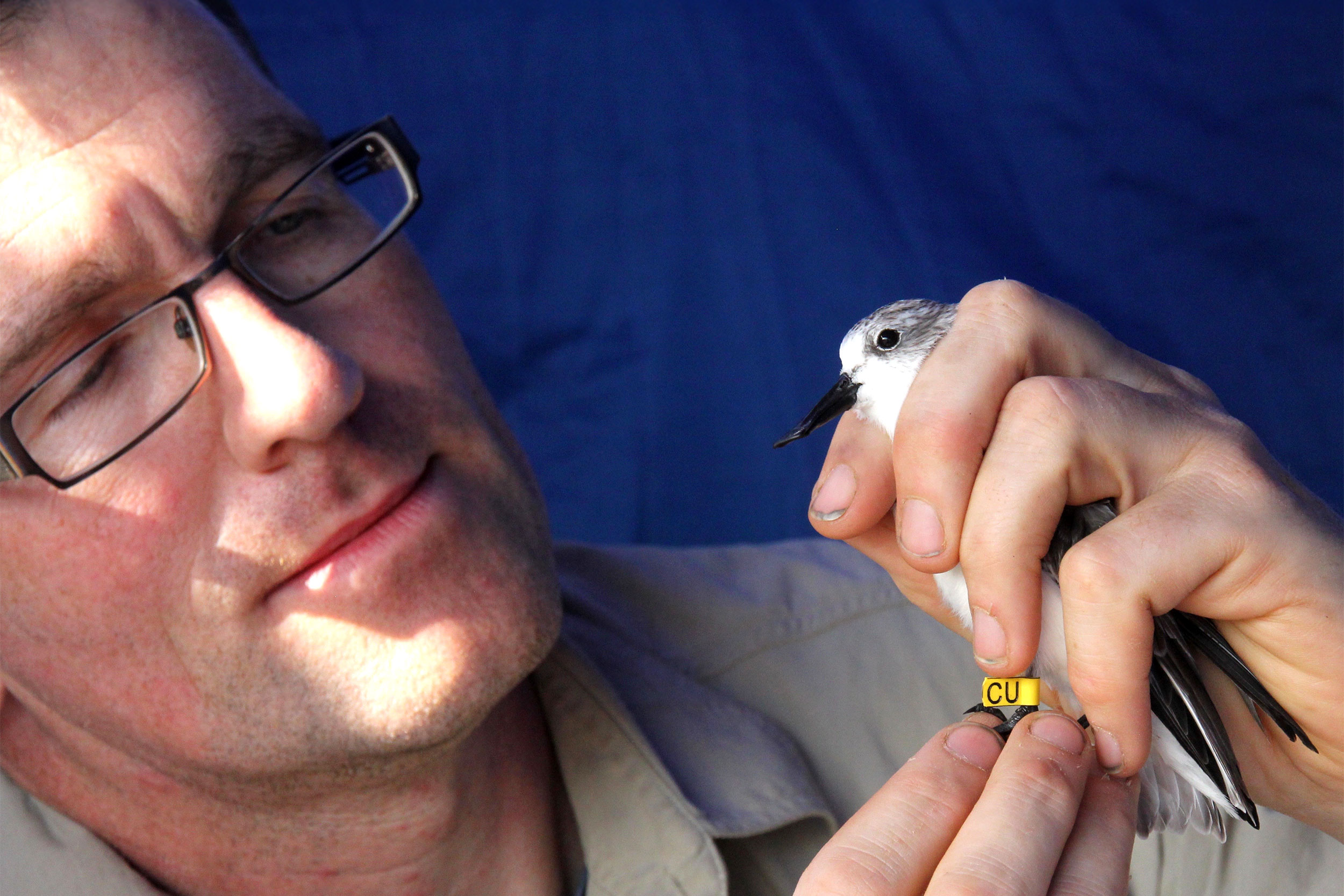
Guy Anderson, Migratory Birds Programme Manager.
What does this entail?
Because ‘spoonies’ are found only on the far side of the world, along the ‘East Asian – Australasian Flyway’, we work entirely with research and conservation partners. There are talented and able individuals and organisations working in the range states of spoonies, from Russia to Thailand and Bangladesh, but the flyway is vast, the conservation issues are numerous and achieving effective conservation in some range states is – to say the least – tricky.
The RSPB can offer expertise in several areas to help our partners plug some gaps in capacity, including science and monitoring to keep track of how the population is doing and learn as much as possible about their migration routes, key sites used, and any threats faced there; policy and advocacy expertise to campaign for better protection, and restoration, of key sites for spoonies along the flyway, particularly the threatened coastal wetlands of the Yellow Sea Region; and the RSPB’s recognised world-class expertise in how to design, create, restore and manage coastal wetland nature reserves to benefit migratory waterbirds.
Learn how the RSPB is also protecting the East Atlantic Flyway.
How is it going?
We – and by ‘we’, I mean the entire international conservation community working to save this unique little bird – have seen some encouraging progress over the last 15 years. The precipitous rate of population decline reported around 2010 has slowed – this coincided with effective conservation work tackling hunting threats to spoonies on some of their South-East Asian wintering areas and a halt to the devastatingly large scale loss of coastal wetland habitats along the Chinese and South Korean Yellow Sea coasts.
We have greatly improved our knowledge of global population size (a bit higher than we feared in 2010) and learned much about migration routes and key sites used along the way. But the best current information is that the world population is now only around 400 breeding-age adult birds, and the numbers are still slowly declining.
The fact that we still have a (just about) viable world population should be taken as a success, but there is still much work to do and unknown threats to identify and rectify. Our partners still need our help to try to ensure a safe and stable future for this endearing and unique little bird.
You might also like
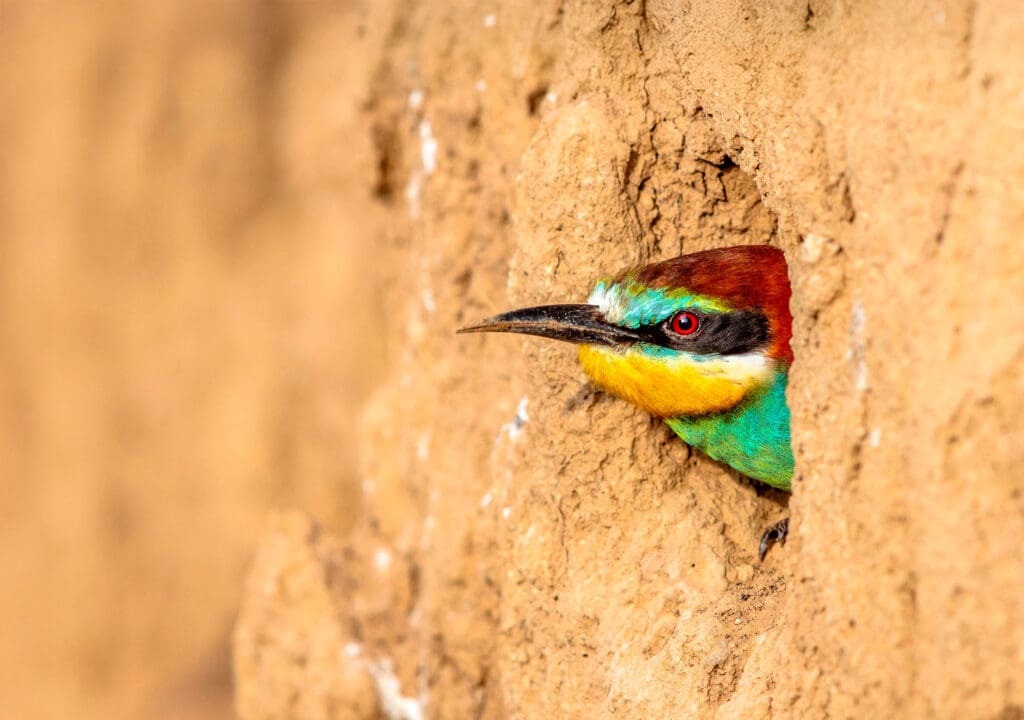
Sounds Across Continents
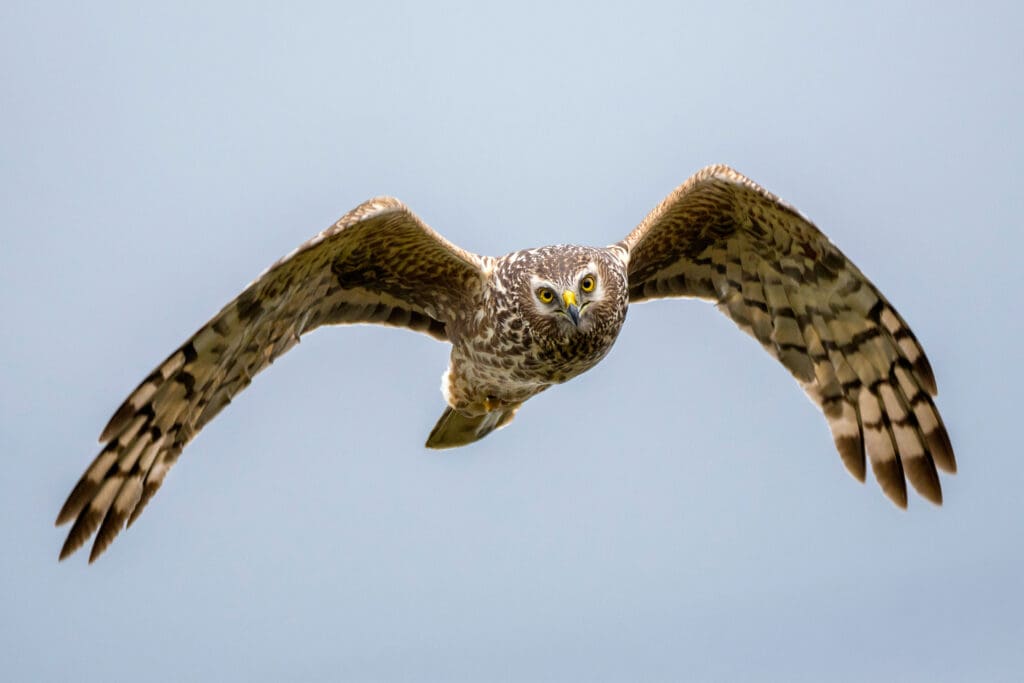
Three questions: RSPB Investigations’ Howard Jones on threats to birds of prey
